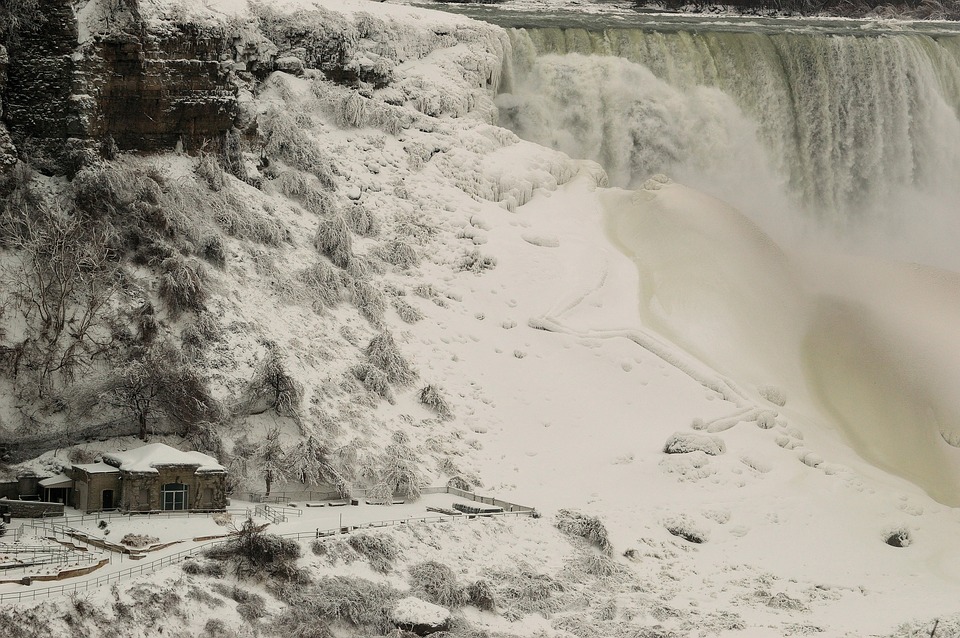Art Exhibitions Featuring Niagara Falls: A Journey Through Time
Introduction
Niagara Falls has long been a source of inspiration for artists from around the world. Its natural beauty, awe-inspiring power, and majestic presence have captivated the imaginations of countless individuals throughout history. As a result, it comes as no surprise that art exhibitions featuring Niagara Falls have been a popular and recurring theme in the art world. These exhibitions not only showcase the breathtaking views of the falls but also provide a glimpse into the evolving artistic styles and interpretations of this iconic natural wonder. In this article, we will take a journey through time, exploring the historical significance of art exhibitions featuring Niagara Falls and the ways in which these works of art have shaped our understanding and appreciation of this magnificent destination.
Early Depictions of Niagara Falls
The earliest known depictions of Niagara Falls in art date back to the 17th and 18th centuries, when European explorers and settlers first began to encounter the falls. These early representations often took the form of highly romanticized and idealized landscapes, as artists sought to convey the grandeur and power of the natural wonder. One such example is the painting “Niagara Falls” by Samuel Street, which was completed in 1790 and is now housed in the National Gallery of Canada. Street’s painting captures the falls in a picturesque and idealized manner, emphasizing the harmonious relationship between man and nature.
The Rise of Romanticism
As the 19th century unfolded, the Romantic movement began to take hold in the art world, influencing the way in which Niagara Falls was depicted. Romantic artists sought to convey a sense of awe and wonder in the face of nature’s sublime power, and the falls served as a perfect subject for their exploration of these themes. The introduction of new artistic techniques and styles, such as the use of light and shadow to convey atmospheric effects, led to a new wave of Niagara Falls paintings that emphasized the falls’ dramatic and awe-inspiring qualities. One of the most notable examples of this is the painting “Niagara Falls” by Frederic Edwin Church, completed in 1857. Church’s work captures the falls in a state of majestic grandeur, evoking a sense of sublime beauty and power that became characteristic of the Romantic movement.
The Birth of Photography
In the mid-19th century, the invention of photography revolutionized the way in which Niagara Falls could be captured and depicted. No longer limited to the confines of canvas and paint, photographers were able to capture the falls in stunning detail, providing viewers with a sense of immediacy and realism that was previously unattainable. One of the most famous early photographs of Niagara Falls is the daguerreotype “Niagara Falls, from the Foot of the American Fall” by Platt D. Babbitt, taken in 1853. Babbitt’s photograph captures the falls with a stunning level of detail and clarity, bringing viewers as close to the natural wonder as possible without actually being there.
The Niagara Movement
As the 20th century progressed, Niagara Falls continued to be a popular subject for artists, with a new focus on capturing the falls’ dynamic and ever-changing nature. Impressionist and modernist artists sought to convey the falls’ movement and energy through their use of color, brushwork, and composition, resulting in a wide array of innovative and experimental interpretations. The painting “Niagara” by David Milne, completed in 1920, is a prime example of this approach. Milne’s work captures the falls in a fragmented and abstract manner, conveying a sense of movement and energy that reflects his avant-garde sensibilities.
Contemporary Interpretations
In the present day, art exhibitions featuring Niagara Falls continue to be a vibrant and thriving aspect of the art world. Artists from a wide range of backgrounds and styles continue to draw inspiration from the falls, offering fresh and contemporary interpretations that reflect the ever-evolving relationship between art and nature. These exhibitions often feature a diverse range of mediums, including painting, photography, sculpture, and digital art, providing viewers with a comprehensive and multi-dimensional exploration of Niagara Falls in the modern era.
Conclusion
Art exhibitions featuring Niagara Falls have played a crucial role in shaping our understanding and appreciation of this iconic natural wonder. From the early romanticized landscapes of the 18th century to the avant-garde interpretations of the present day, these exhibitions have served as a testament to the enduring power and inspiration of Niagara Falls in the artistic imagination. As technology continues to advance and artistic styles continue to evolve, it is certain that the falls will continue to captivate and inspire artists for generations to come, ensuring that the legacy of Niagara Falls in the art world will endure for centuries to come.

